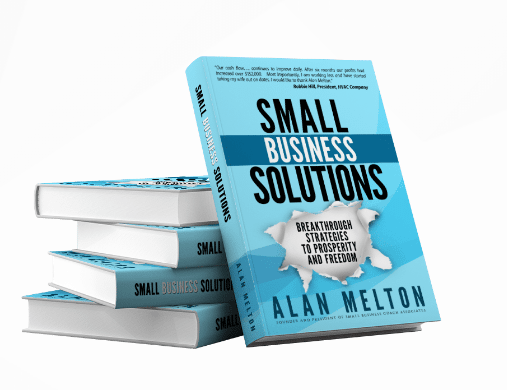VIEW BY TOPIC
- Finding Customers
- Business Systems
- Managing Employees
- Leadership
- Managing Money
Related Posts

Ready to Grow Your Business Fast?
Here’s How I Grew Five Businesses, and Eventually Sold One to a Fortune 500 Company.

How CNC Technology is Used in Manufacturing
CNC, short for computer numerical control, is a technology that’s been around a lot longer than you’d think. Indeed, it’s so well established that it has permeated almost every aspect of manufacturing over the decades.
If you’re thinking of entering this industry yourself, or you are just curious about the role that CNC tech plays in modern production processes, read on to learn about the different uses it has today.
CNC milling machines
While milling was traditionally done manually from the 18th century onwards, in the modern era the implementation of CNC solutions means that it can be handled with far more accuracy, repeatability and speed than ever before.
Milling is a subtractive form of manufacturing and involves rotating a cutting tool and removing material from a chosen workpiece with whatever degree of precision is required.
CNC mills come in all shapes and sizes, from small-scale machines suited to workshop use, to industrial-grade units. And because they are so in-demand, there’s a large market for secondhand examples. Revelation Machinery, a site for used mills for sale, is a great example of this, with an extensive range of units available.
CNC lathes
While mills may have a turning tool to do the cutting, in the case of a lathe it’s the workpiece that moves instead, while the tool stays stationary instead.
Lathes were originally conceived for woodturning, although metalworking eventually became an important aspect of what they did for manufacturers. In the 21st century, they can be deployed in combination with all sorts of materials and offer the same reliability and precise operation as mills thanks to CNC systems and digital workflows being integrated alongside them.
3D printing

As an additive form of manufacturing, 3D printing is a more recent arrival on the mainstream scene than mills and lathes. Even so, it still relies on CNC code to determine the movement of the extrusion heads that place the material on the work beds and build up the desired output object layer by layer.
3D printers are particularly good for mocking up prototypes, because they can do so quickly and easily without creating as much waste or costing as much in terms of the materials involved. They can also be used in lots of other areas, from repair and maintenance to product packaging and beyond, so they really are incredibly flexible.
CNC laser machines
Like 3D printing, the use of lasers in manufacturing is a relatively modern development, although the technology itself has been around for over half a century.
There are lots of advantages to choosing laser-based CNC equipment over more traditional equivalents, chief among which is the fact that no tooling comes in direct contact with the material. This means that there’s less damage done to the surrounding material when cutting, etching or engraving takes place, and thus lower levels of waste.
Another upshot of how lasers function is that the accuracy is greater than you’ll find from superficially similar equipment, such as plasma cutters. So, for uses which require tight tolerances, CNC-operated laser machinery takes the lead.
CNC electrical discharge machine
Following on from CNC laser machines, the interaction with materials in electrical discharge machines is achieved via a powerful current, or spark.
Materials are positioned between a pair of electrodes, and the proportion of the discharge is carefully managed by software and hardware alike to achieve the desired results.
Electrical discharge machining is used to do everything from rapid prototyping to the drilling of small holes.
Pick and place equipment
Elsewhere in the production process, CNC solutions can be put to work to reduce the amount of manual labor needed when making more complex products, such as smartphones and other electrical goods.
So-called pick and place machines are used to maneuver circuitry into the exact location it needs to be on the line, often pulling it from a nearby stack or bin, and allowing this to be done far faster than any flesh and blood worker could achieve.
Final thoughts
There is a CNC machine for almost every part of manufacturing, and this technology is used throughout the development of almost every modern product. Even with the emergence of other techniques and tools, CNC looks set to stick around indefinitely.














